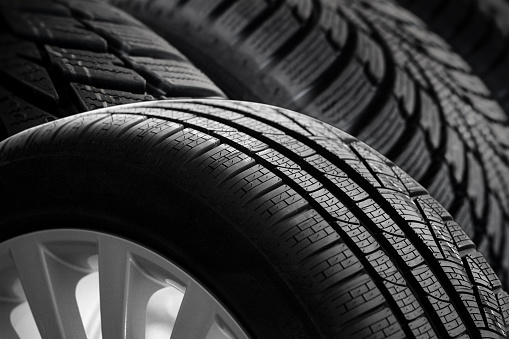Tire Maintenance is a Key Safety Measure

The tires on your vehicle are what connect your car with the road. They must withstand and support the weight of the vehicle and contents, as well as provide sufficient protection against obstacles encountered in your daily driving, including potholes and road debris. The tire’s job is never done. You need it to behave in a predictable manner whether the road surface is 110 degrees or below zero. Taking into consideration all of the variabilities your tire endures on any given drive, it’s hard to imagine how easy it is to forget about proper tire maintenance. To monitor “normal” wear and tear, you should inspect your vehicle tires at least once a month. If you regularly drive on uneven roads, drive long distances, or drive in a cold climate, you may want to consider inspecting your tires more often. It’s important to monitor tire wear and tear, both visually and while driving your vehicle. Look and/or listen for the following:
- Over inflation. Signs of over inflation include wear primarily in the center of the tread.
- Under inflation. Under-inflated tires will show wear on the outer edges of the tread and less wear in the center.
- Tread wear. If tires are properly inflated yet still show signs of wear on one edge, it may indicate the wheels are out of alignment. If the tread is wearing sporadically, cupping could be occurring, indicating the wheel is out of balance, or that shock absorbers or other suspension components need replaced.
- Unusual vibration or thumping noise while driving. This can indicate that a tire is out of balance.
- Pulling to one side. If this occurs while driving at a steady speed, it could indicate an underinflated or damaged tire, or a brake or wheel alignment issue.
- Rotate the tires
- Balance the tires
- Perform a wheel alignment